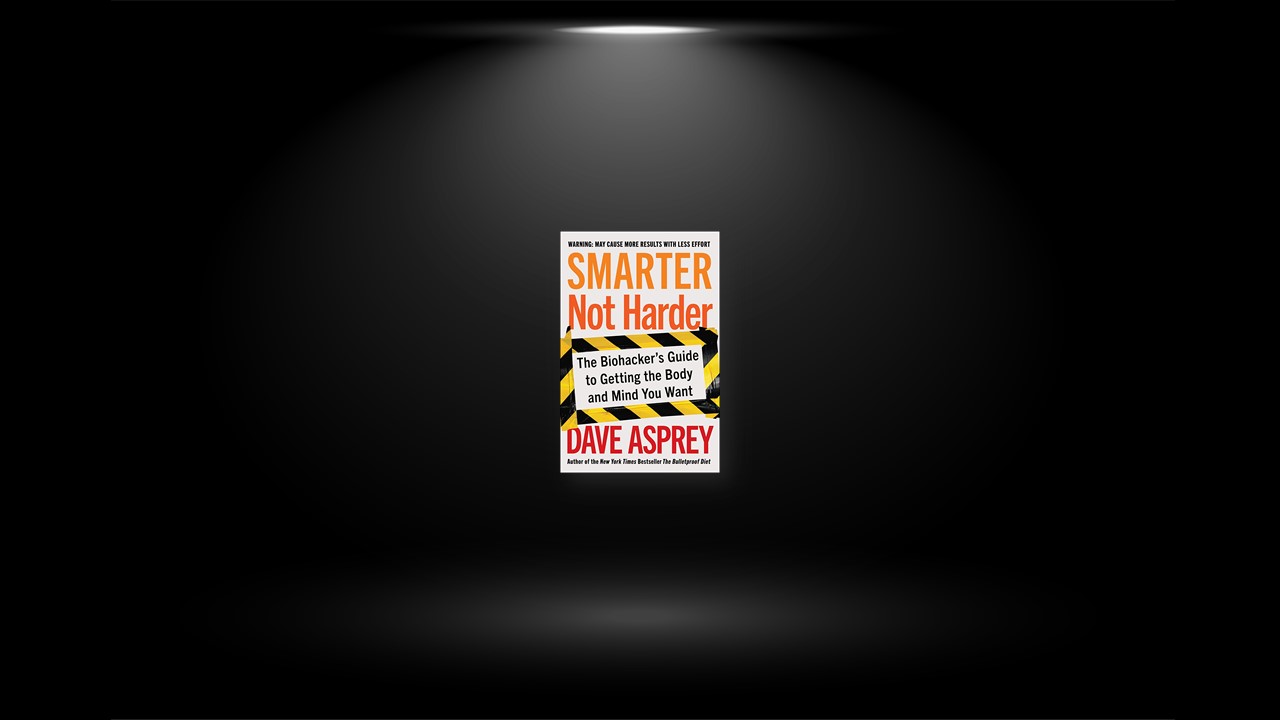Tap the Power of Laziness
As soon as you start thinking like a biohacker, you gain new insights into the peculiar, self-defeating things that people do. If something in the body isn’t working right, we reflexively search for a short-term fix, because our programming makes us lazy. The irony is that the short-term fix is rarely the best one; often it is the hardest, most extreme response. That’s why people think they can follow some ridiculous diet for thirty days or kill themselves with maximum-suck workouts at the gym and find some magical solution to their problems.
It’s time to get to know yourself better and explore the inner workings of your biological laziness. Everything alive has evolved to automatically maintain a stable inner environment when external factors change, with no brain action required. The name of this equilibrium state is homeostasis. Without biohacking, you leave your default programming completely in control of homeostasis. You don’t consciously manipulate your heart rate, blood glucose, or brain waves. They regulate themselves based on what they perceive.
It is a fool’s errand to spend vast amounts of energy trying to make your body do things it naturally doesn’t want to do. If you want to relax, you need enough energy to feel safe. If you want to be stronger, you need enough energy to build muscle. If you want to be smarter, you need to turn up the energy in your head. If you want to be a master of your craft, you need enough energy to fully immerse yourself in it. If you want to be a kinder, nicer human being, you need to produce enough energy to be far, far more than just enough.
Everything you do sends a signal to your body about how you want it to perform, but most of us make choices without having a clear understanding of their consequences. We eat foods that hold us back. We exercise in ways that work against our inner laziness. We are unaware of simple inputs we could apply that could have huge biological advantages.
Fundamentally, hacking the laziness principle is a six-step process.
Step 1: Remove friction.
Your body automatically conserves energy, so if your cells can’t make it very well, everything in your life will feel hard. The first step is to figure out what you’re doing that’s breaking your energy production. If you’re feeling stressed, sick, weak, or foggy, even the easy hacks are going to feel insurmountable. It is far easier to stop doing things that make you weak than it is to start doing things that make you strong.
Step 2: Load up on raw materials.
In superhero movies, you always see the main character running around, fighting bad guys, and performing over-the-top stunts, never stopping to eat and drink. Here’s a tip: if you were one of those superheroes, you’d be consuming 50,000 calories a day to maintain all that power (unless you could just suck pure electricity, maybe). It is far easier to be a fully realized, fully energized human being. To do that, you need enough calories; after all, calories measure energy, and you want more energy. But even with enough food, your MeatOS can’t direct all those little mitochondrial power plants to do their magic if your system is short on the right elements and cofactors.
There are a few foundational resources your body needs to make full use of its abilities, and most people are deficient in them. If you focus on getting the right fats, fat-soluble vitamins, and big and microminerals, plus enough high-quality protein, you will unlock new levels of energy. That, in turn, will make you feel less lazy or more motivated.
Step 3: Pick a target area and track it.
Deciding what your goals are is a process in itself. There are five big areas of biological performance you can choose to control and improve. They are: strength, cardiovascular fitness, energy and metabolism, brain function, and stress resistance. The good news is that when you focus on improving one, the others get better, too. You need to pick a primary target, though, because your strategic laziness function will get overwhelmed if you decide to upgrade everything all at the same time. Don’t worry: you’ll have plenty of energy left to upgrade the rest of them after you do the first one.
Step 4: Send the right signals.
Many of the most powerful and precise ways of getting a stronger signal into your body are ones you won’t find in a traditional gym: light, sound, vibration, lymphatic drainage, electrical stimulus, heat, and cold—even cryotherapy. You don’t need to do any of these, but they demonstrate what is possible today.
Step 5: Recover like a boss.
It’s exciting to push yourself to new heights and improve. It’s boring to recover as fully and intensely as you stimulate yourself. That mismatch happens because you get exciting and beneficial stress hormones such as adrenaline and endorphins from pushing, but you don’t get them from recovery. Nonetheless if our bodies recover fully and quickly, they will devote all the extra energy to growing stronger.
If your body recovers less quickly, you will evolve less quickly. If you want the maximum biohacking benefits, you need to dedicate yourself to the recovery process. It’s as simple as that. Recovery signals and technologies also pull double duty as stress management techniques, so if your primary focus is stress reduction, you may want to start here.
Step 6: Evaluate, personalize, repeat.
Basic monitoring is either free or close enough to it to get you started regardless of your situation. You’ll be able to tell if your energy levels are higher, your vision is clearer, or your mind is sharper. But you will also want to get hard numbers: You recovered better last night. Your blood sugar was great at your last meal. Your bone density increased. Your inflammation markers went down.
Biohacking is not based on blind trust. You can, and should, measure it objectively for yourself. You should also adjust it to your particular goals, situation, lifestyle, and physical state. Just because a hack works well for some portion of the population doesn’t mean it will work for everyone. In the age of advanced self-tracking, you can iterate, refine, and create a routine that’s right for you.
You Do You
Happiness is a state that you can learn to induce. If you make happiness your ultimate goal, above all the specific targets you set for hacking into your brain. Your path will keep changing. You will find that along the way, things you think are going to get you where you want to go actually get you only halfway there. Then you adjust your goals, redirect, and keep going.
The psychologist Erik Erikson described this in terms of the stages of adult development. When you’re young, you focus on building your community, your tribe. Then you focus on building relationships and building your career. As you move on from there, you look at building a family, either a biological family or a group of very close people that are part of your chosen family. Then, as you get older, you turn your attention to other ways of achieving meaning, such as service to others. The things that make you happy and the things that you can do to bring happiness into the world change over time.
It’s just easier to be happy when your body works well. Now that you know how to control your brain and bend the laziness principle to your will, you can direct some of your newfound energy into the goal of achieving happiness. It’s possible to have a rock-hard body, be overflowing with energy, and still be pissed off at the world. That’s why emotional and spiritual development is so important. Energy will enable you to pursue happiness, but energy alone will not take you there. You have to make the choice and commit to being your best self. Then you will become part of a great, collective upgrade.


